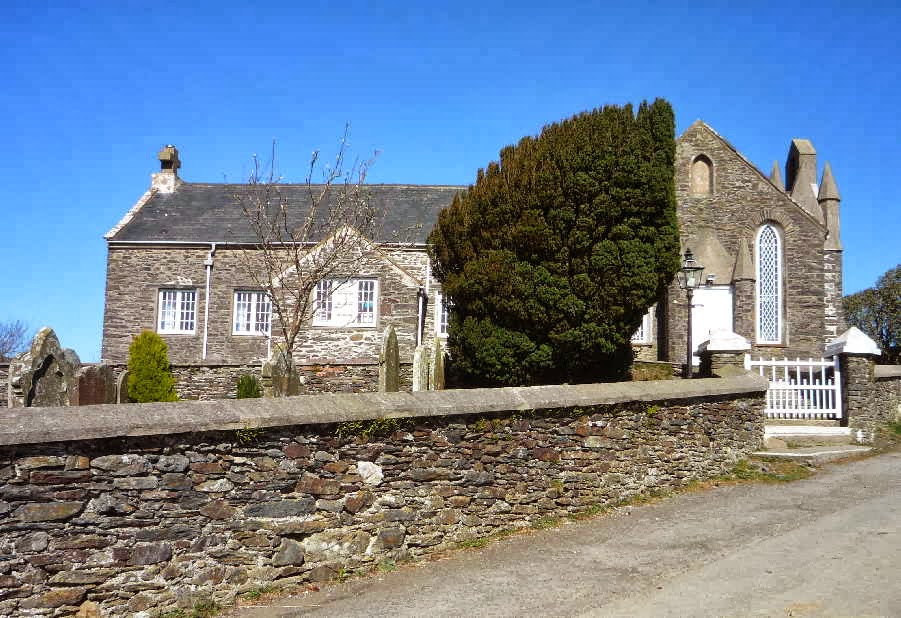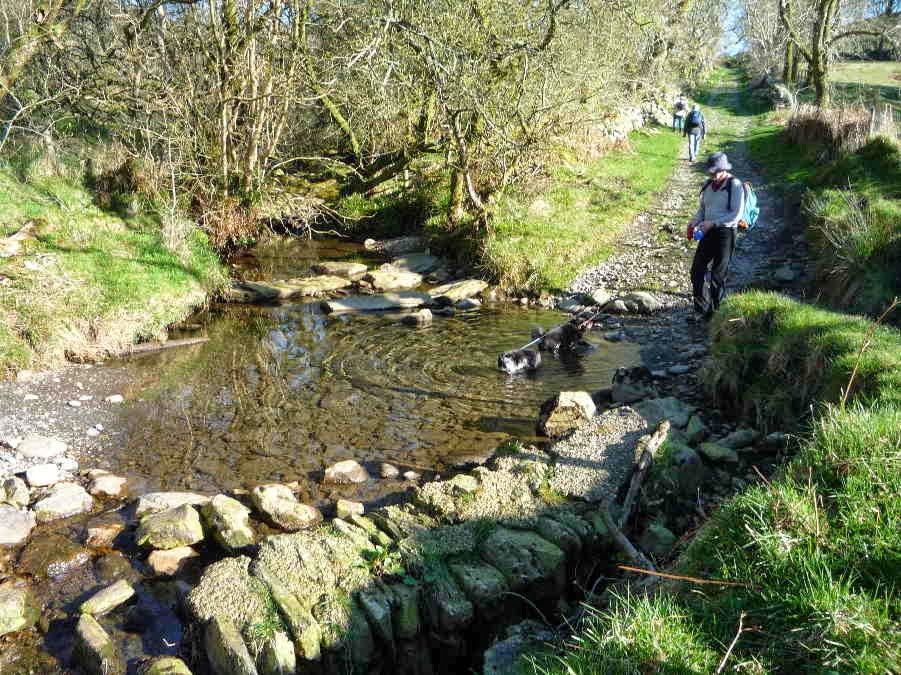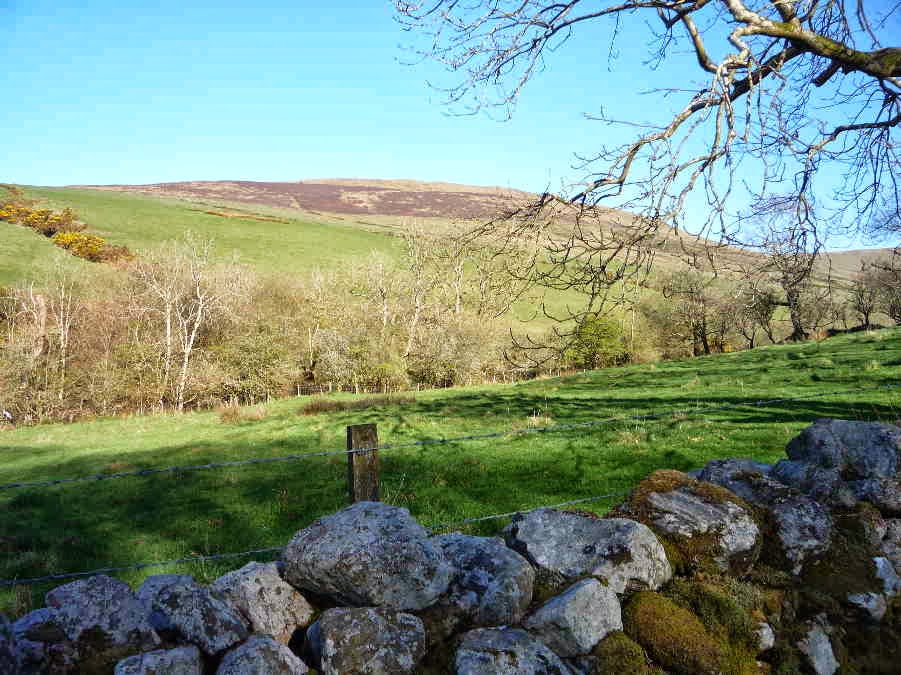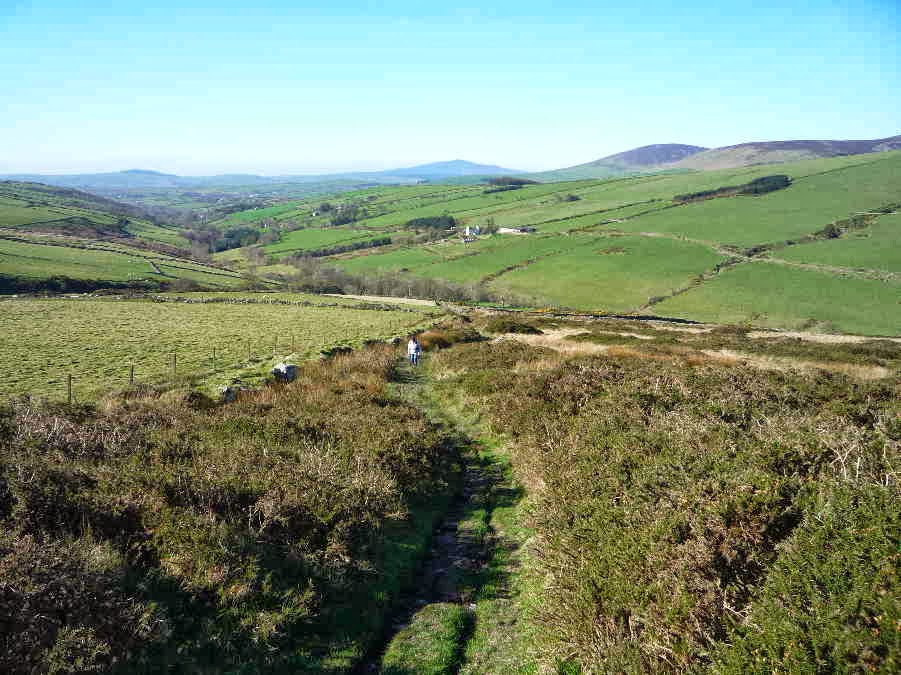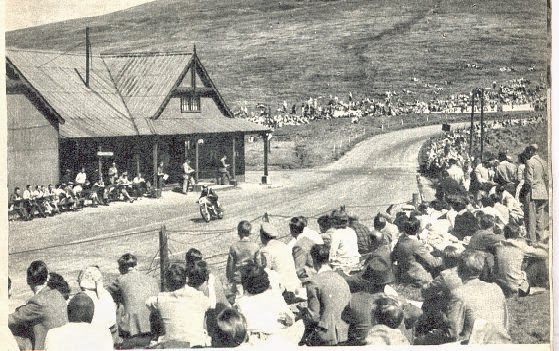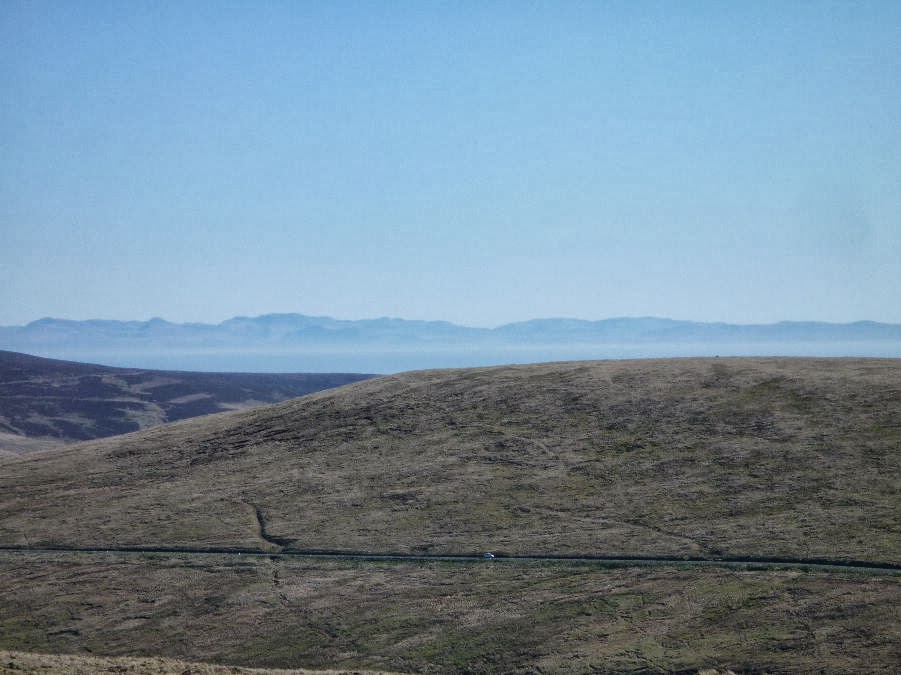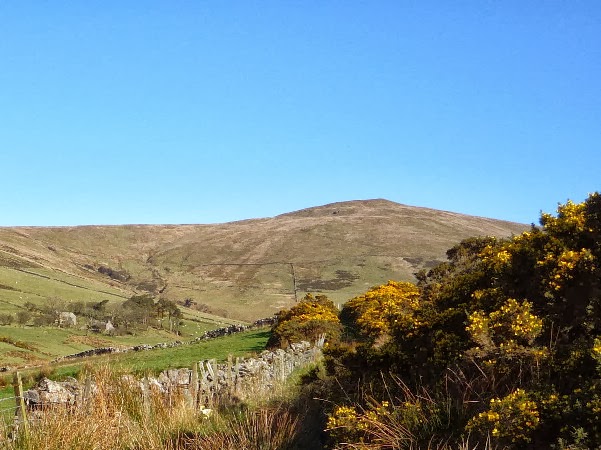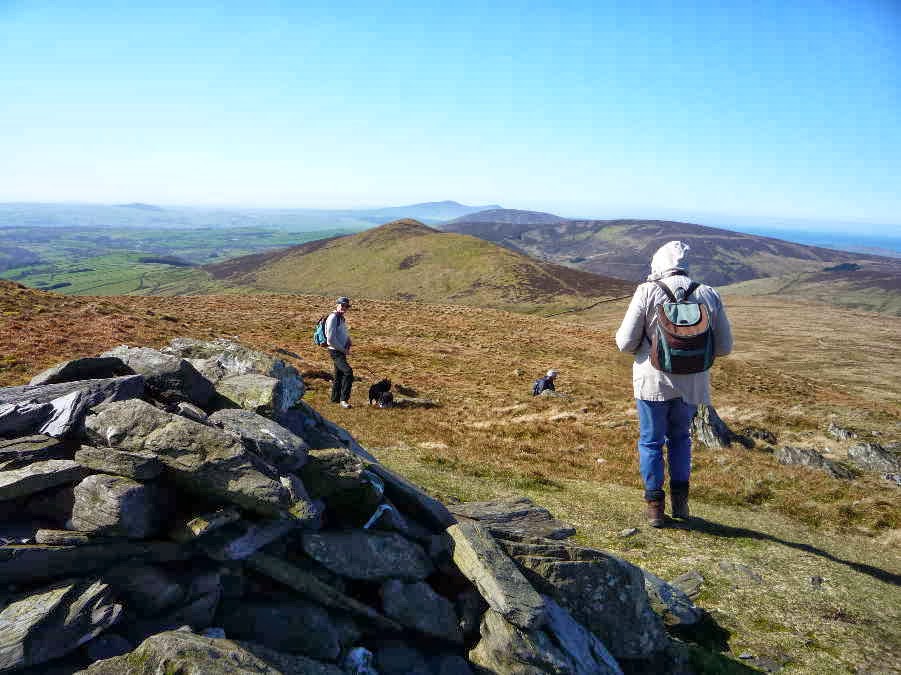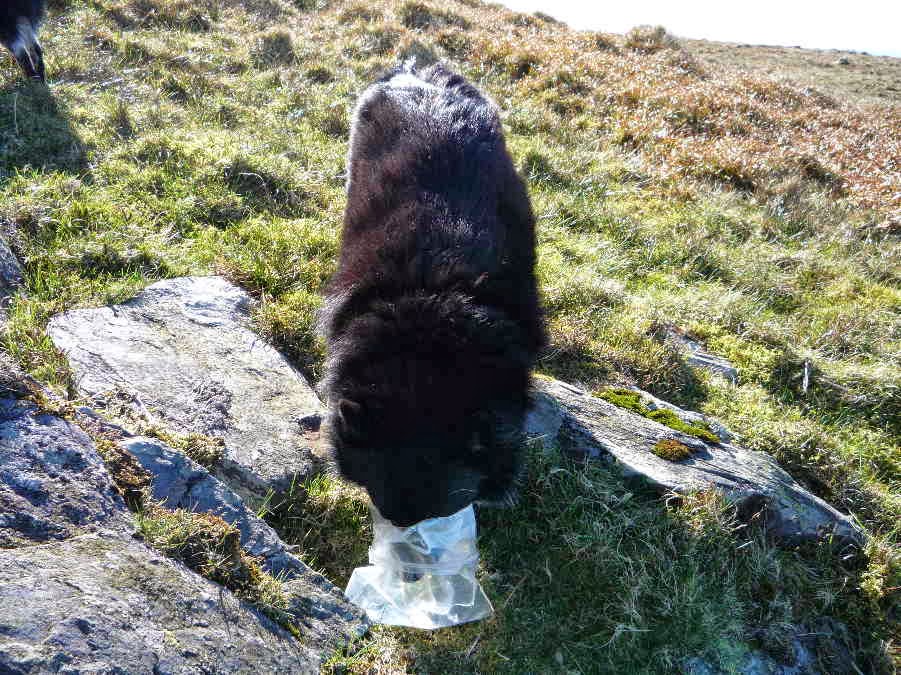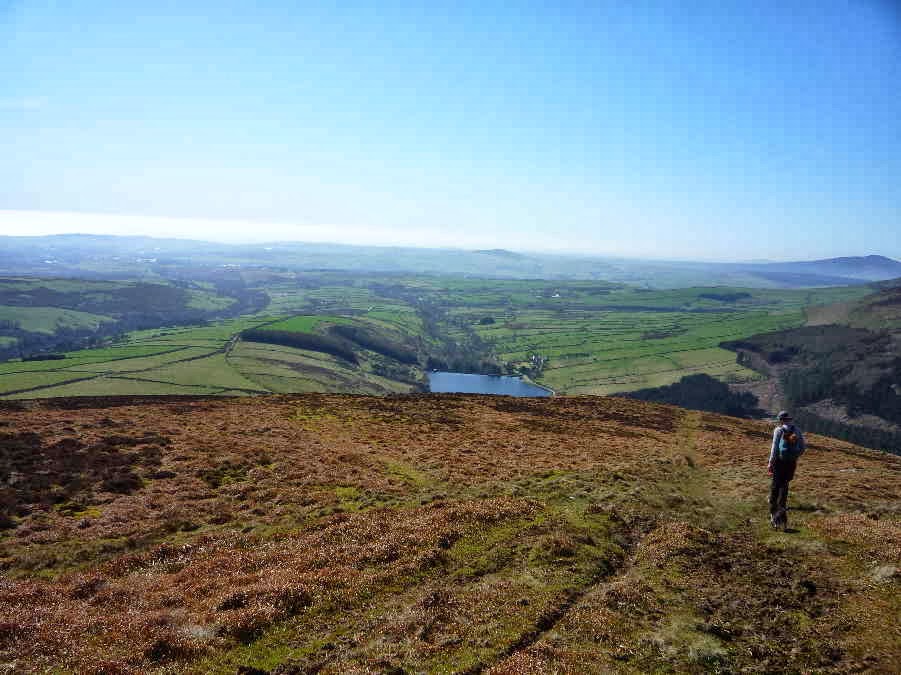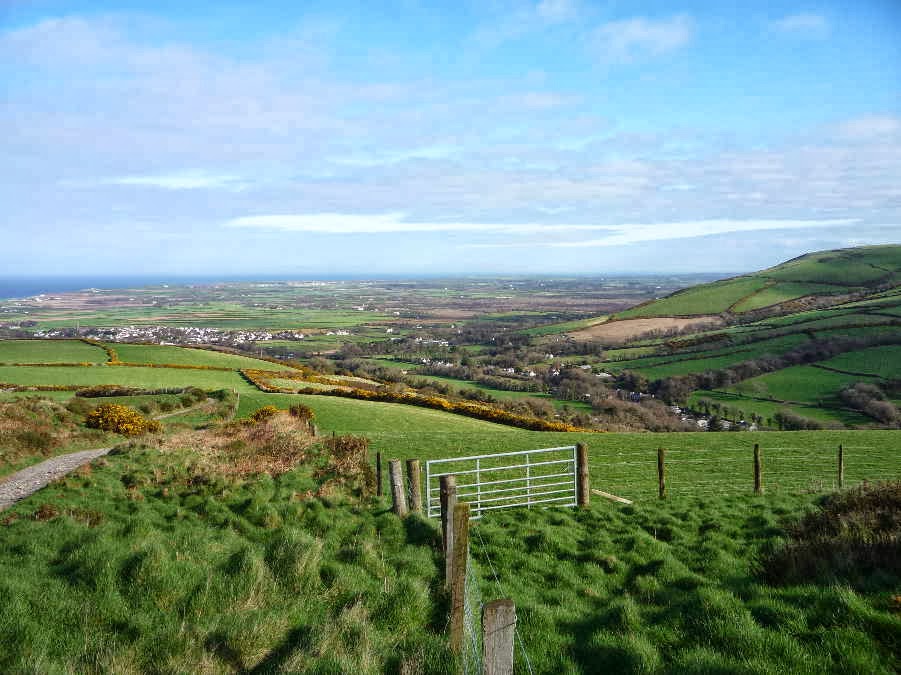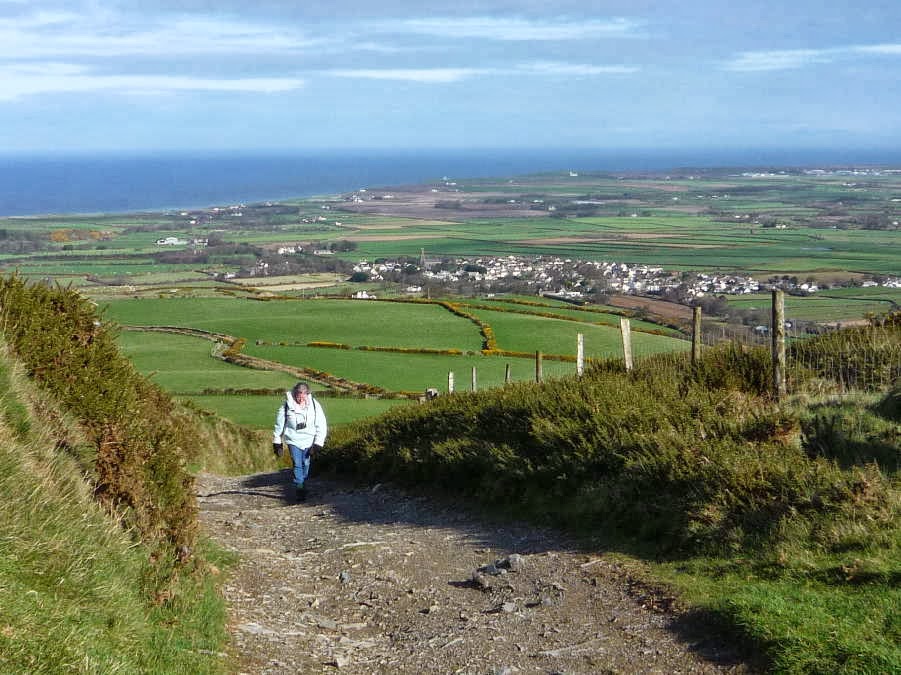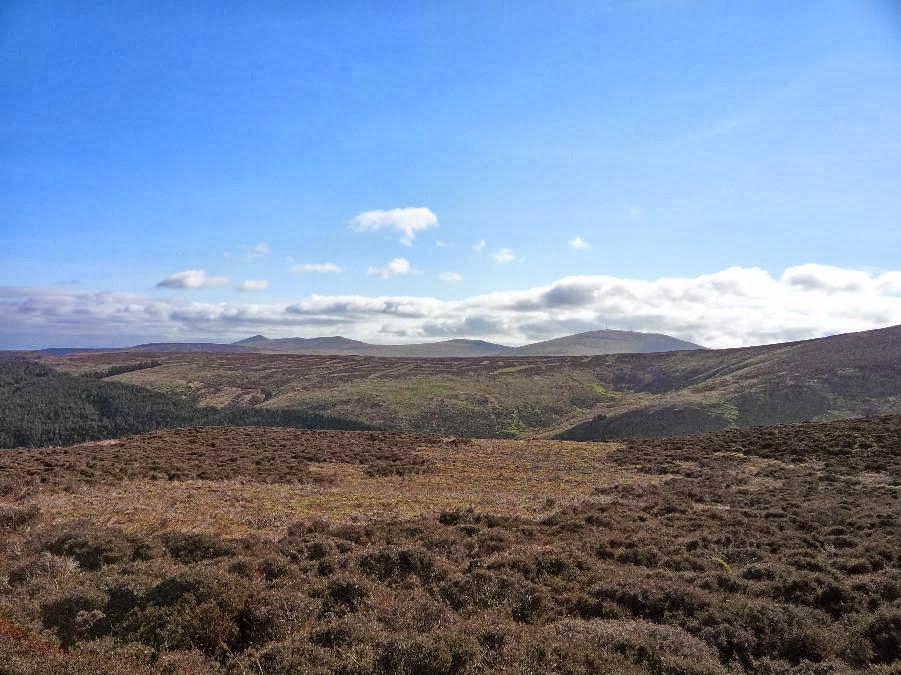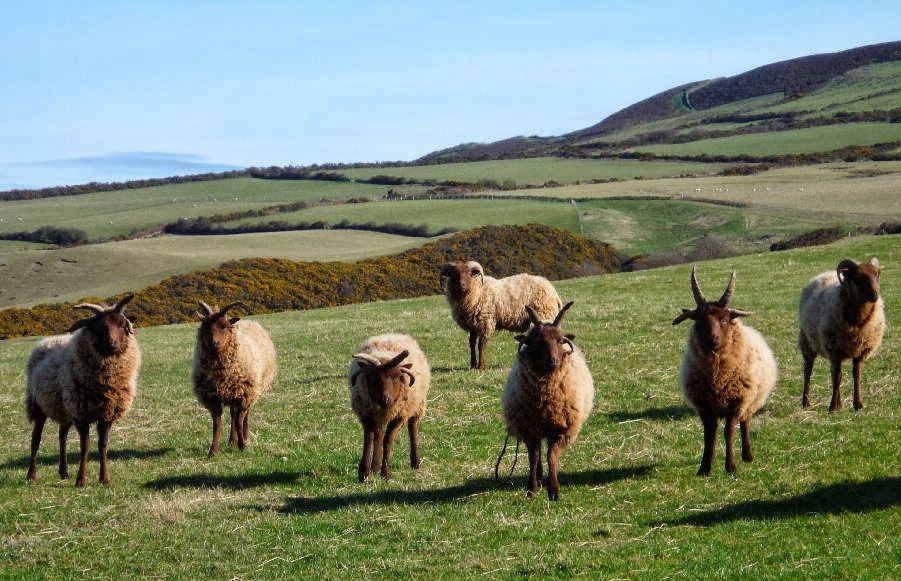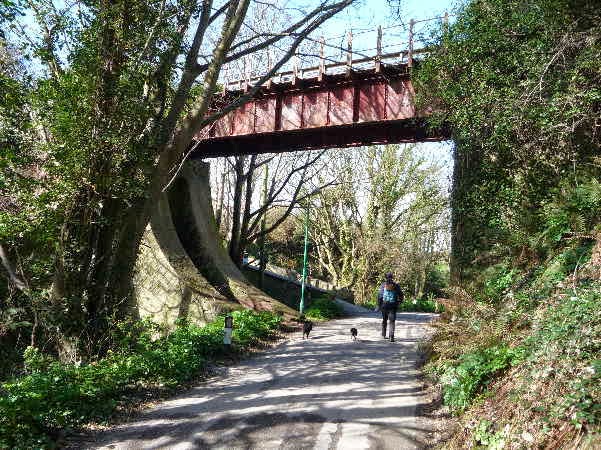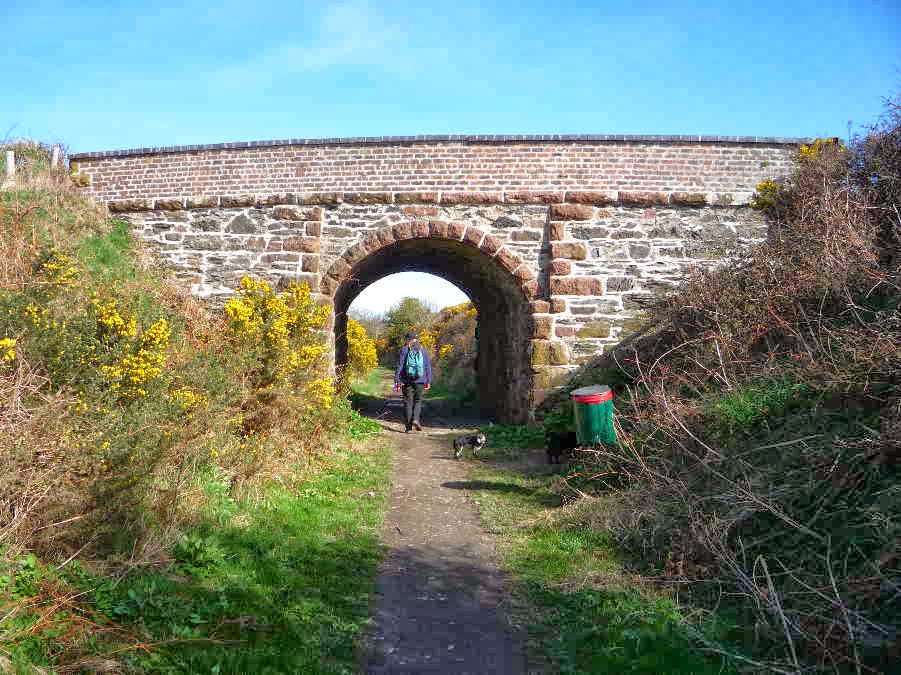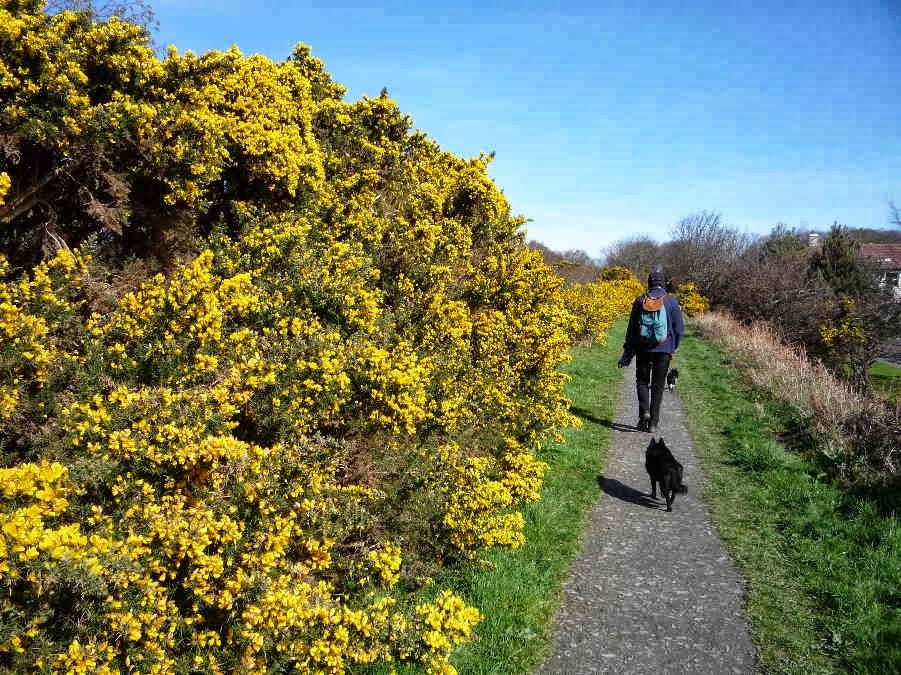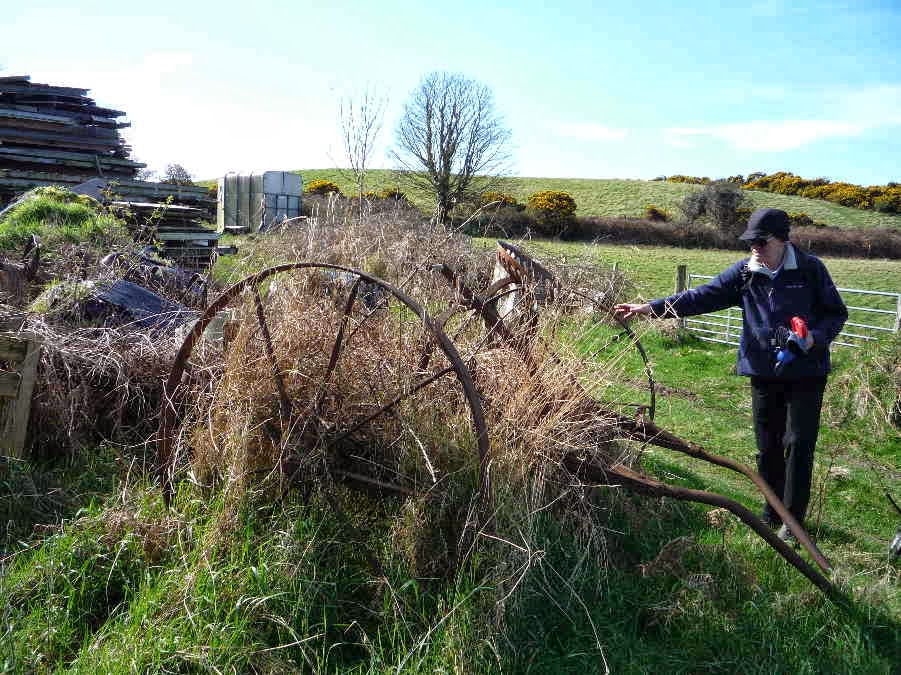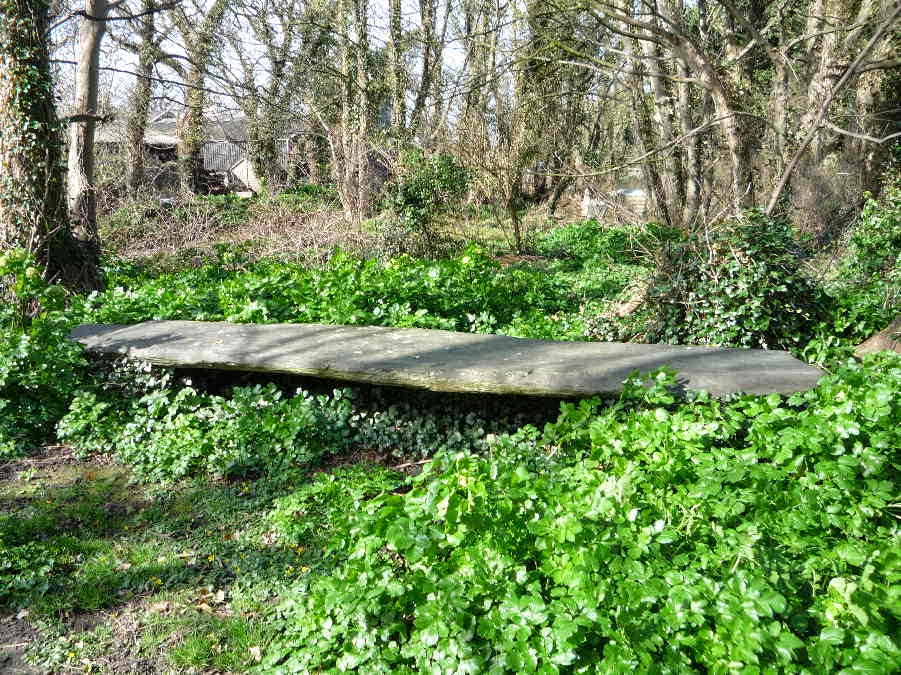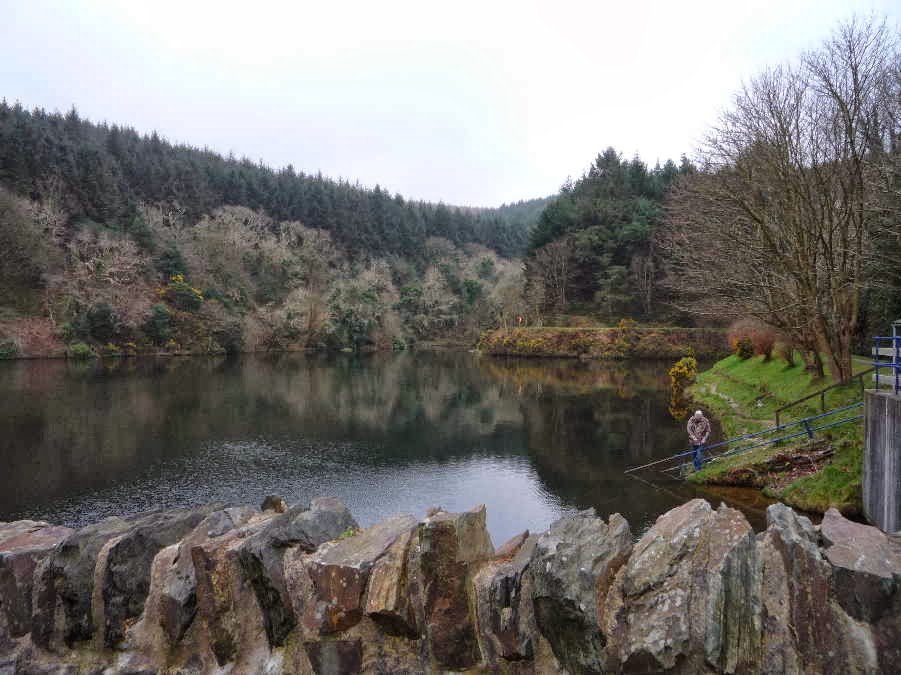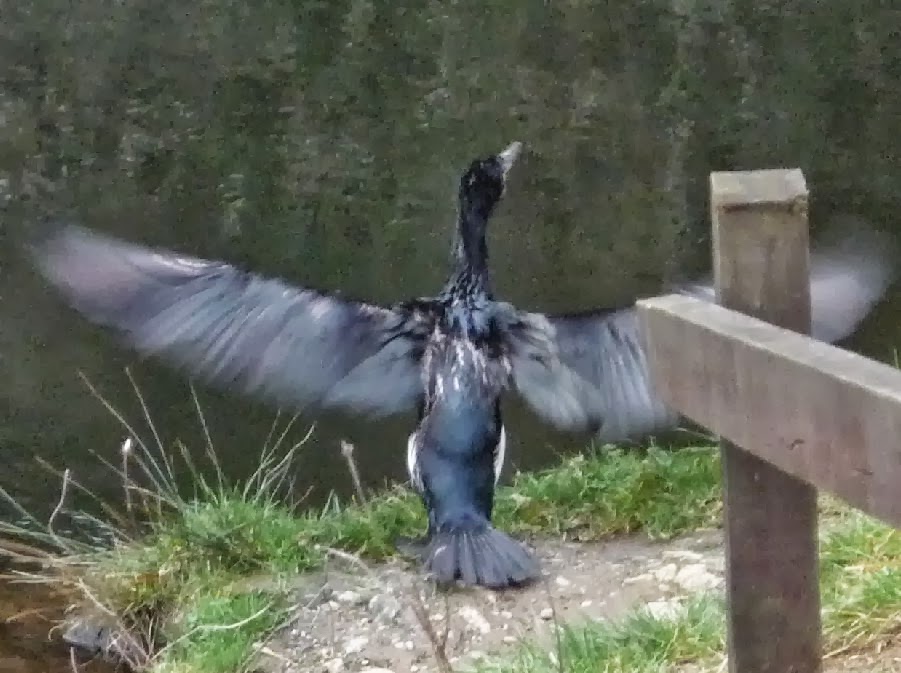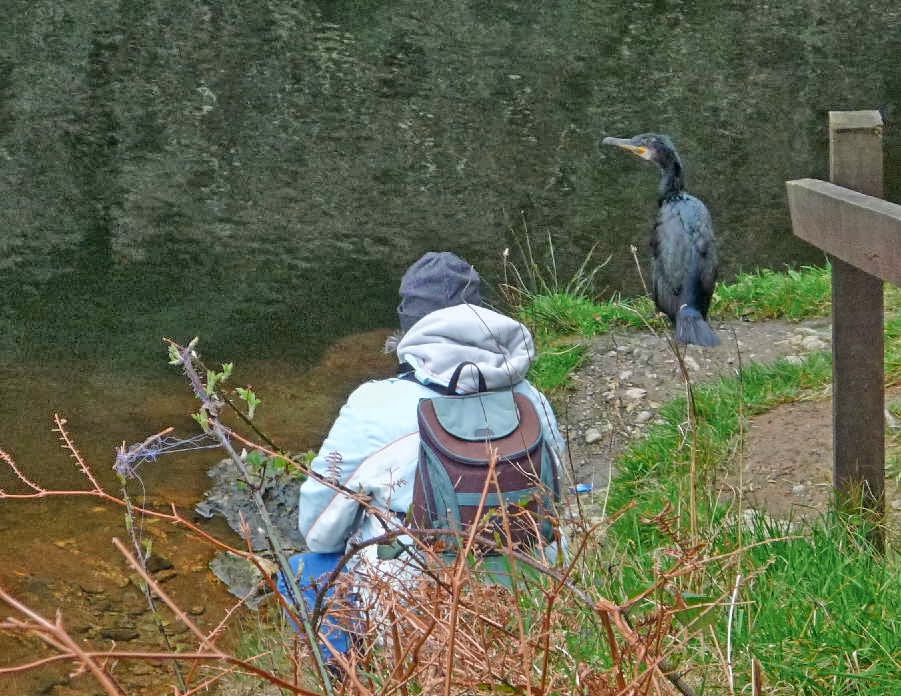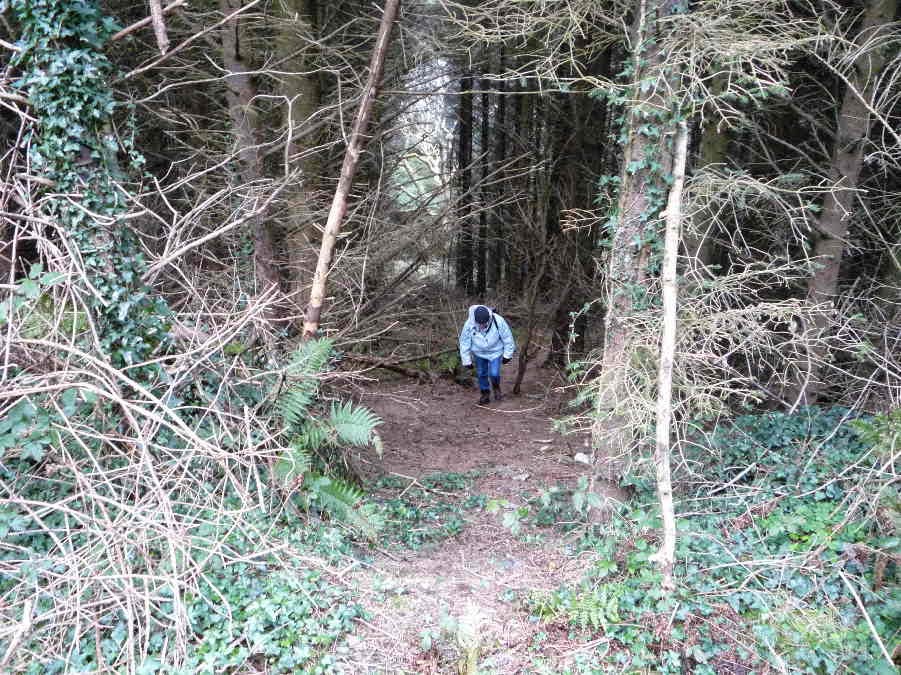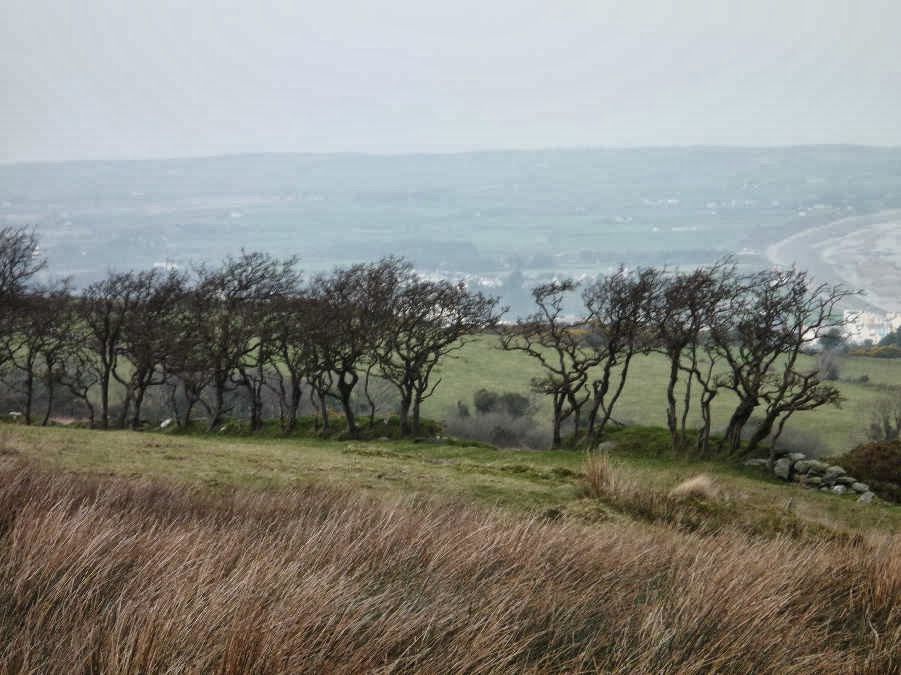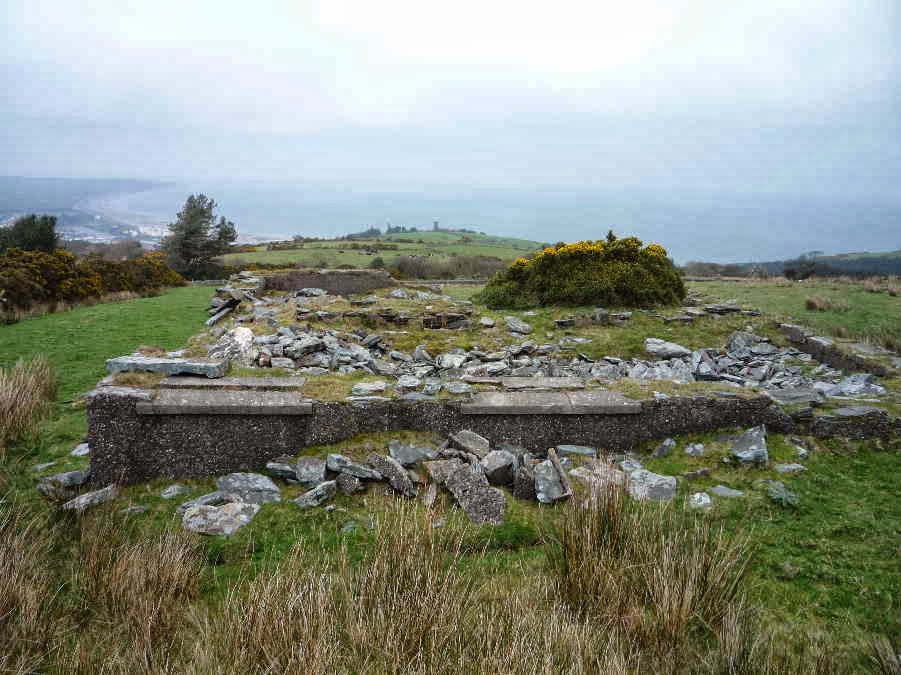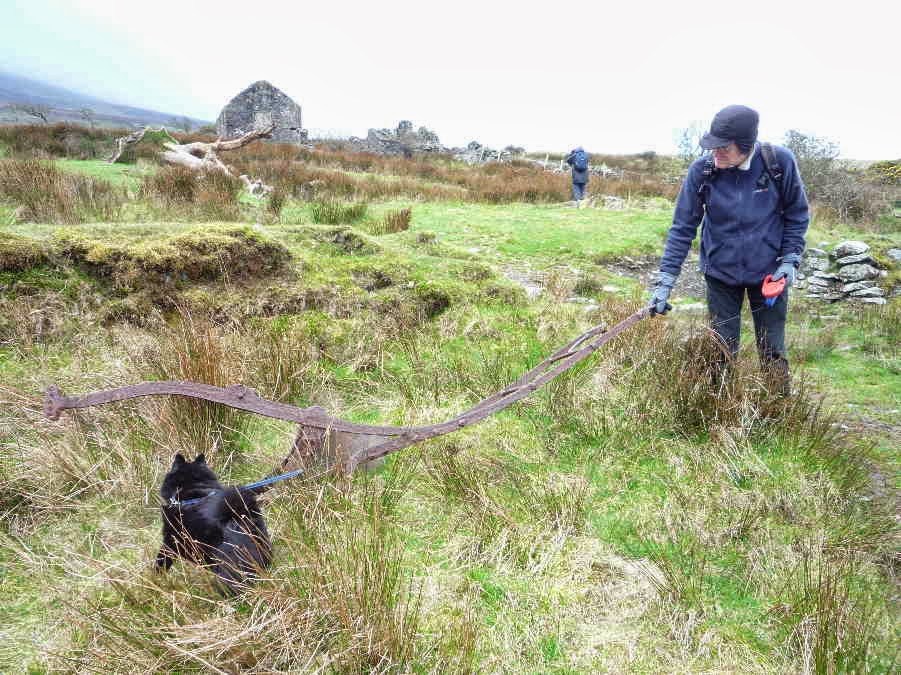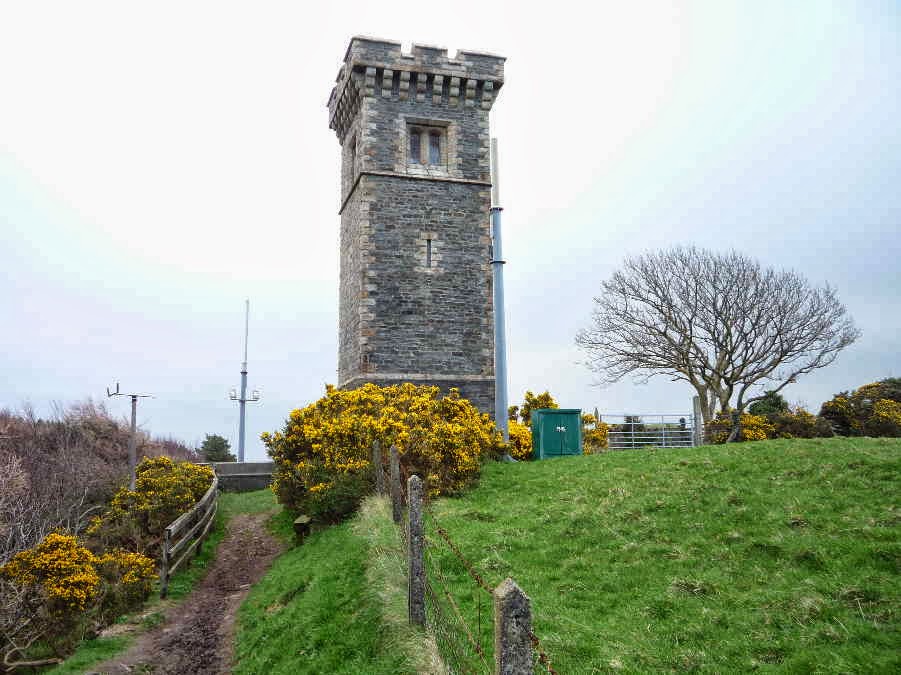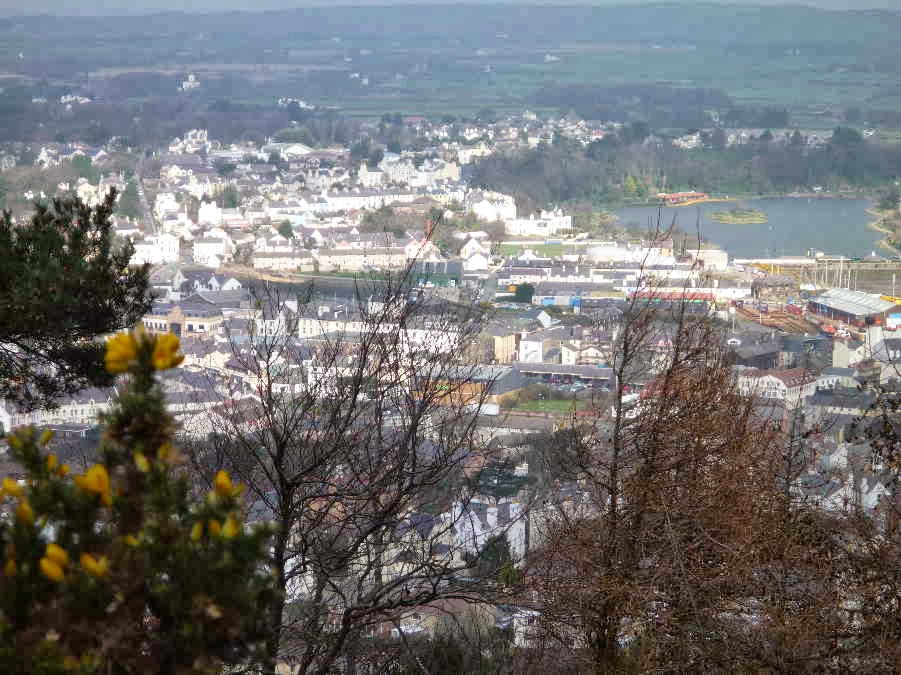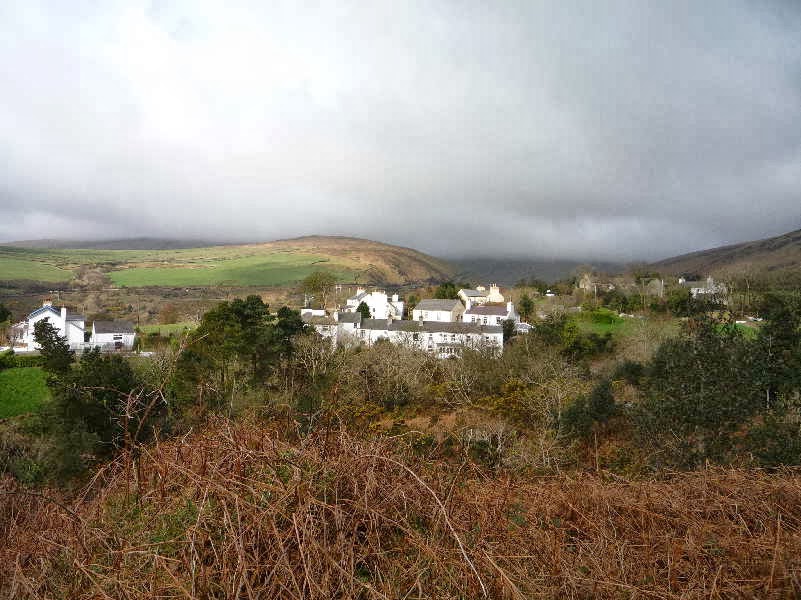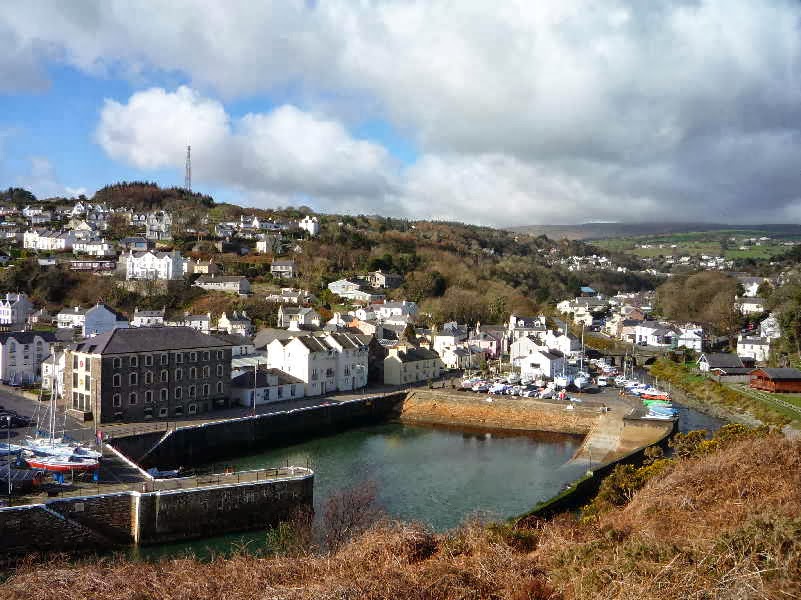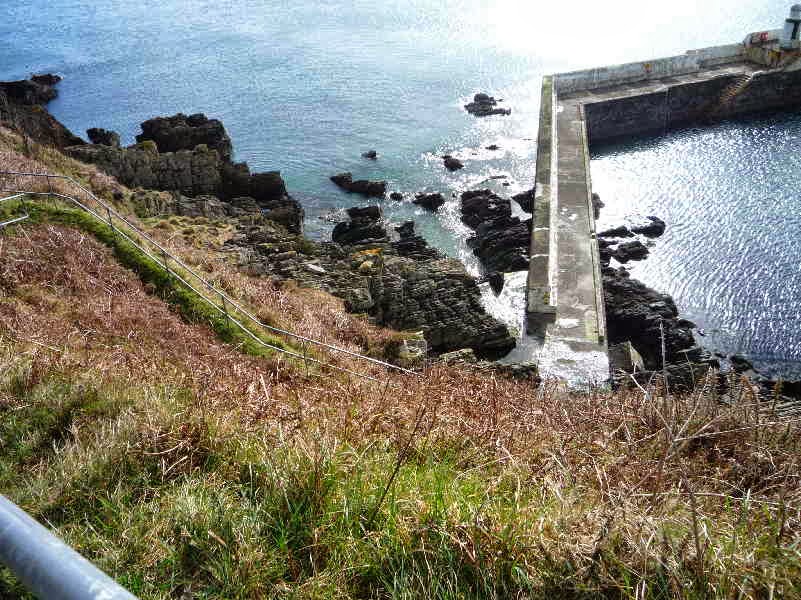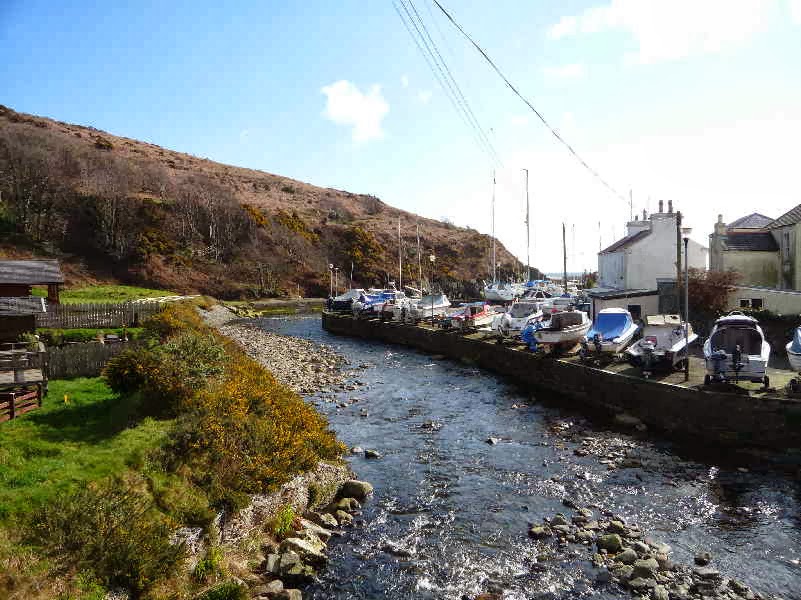Not quite three hills for the price of
one
Monday, 26 March
2012
Too much has been happening to me recently.
Two birthdays last week, three trips to Douglas - with the added stress of a
hearing test, ordering hearing aids, as well as deciding on a new camera. By
Sunday, I had a headache and had to resort to Ibruprofen. So, after a sleepless
night and an early morning before last week's walk . . . I woke much later than
I planned before this one. It wouldn't have been a problem if I hadn't been
rather bleary after taking the painkillers, and also been slightly "jet-lagged"
after putting the clocks forward for an hour for summer time. I glanced at the
digital clock by my bed, thought it was just after seven, and calculated that I
just had time for a cup of tea and a quick email check before getting dressed.
But when I switched off the PC and returned to the kitchen, I saw to my horror
that it was already ten past eight! It must have been just before eight o'clock
when I woke. I had misread the time. We were due to meet Trevor and Dorothy at
St Luke's at nine o'clock and had planned to allow over half an hour for the
drive. First, I panicked . . . then I asked Tim to phone Dorothy . . . no
answer . . . she had already left. I managed to dig out Trevor's mobile number
and Tim got hold of him and told him we would be late.
Then I threw on the nearest available clothes
and chucked a few dog biscuits at the Schipperkes instead of their normal
breakfast. By some miracle, I managed to locate my sunhat (which hadn't been
used since last summer), grabbed the first pair of hiking boots that I saw,
loaded a couple of dogs in the car, and we set off up the mountain road towards
the meeting point. About half way through the drive, I realised that I had
forgotten to take my glasses. Luckily I don't need to be able to see clearly to
take photos because my camera can make all the decisions as long as it's pointed
in approximately the right direction.
The second miracle was that we were only five
minutes late - but I was absolutely shattered before we even started on the
hike. St Luke's is an interesting church. It is perched on a ridge between the
East and West Baldwin valleys in the centre of the Island. Tim wondered about
the choice of location because most churches on the Island are in the centre of
towns and villages. I suggested that the site was chosen so that the church
could serve the farms in both valleys - but I have since read that it was built
on the site of an old keeill (chapel). The curious shape of the obligatory yew
tree in the churchyard fascinated me - probably caused by a combination of
strong winds and pruning.
We started off down the road into the East
Baldwin valley and then walked north towards the start of the footpath leading
up to Windy Corner - an aptly named corner on the TT course. The banks at the
side of the road were sprinkled with primroses; difficult to photograph in the
bright sunlight . . . but I did find a few slightly nibbled specimens in the
shade. There were also one or two wild violets and even an unusually early
bluebell. The seasons have become a bit confused with the end of March
being unseasonably hot and dry, and coming after a mild winter.
We turned off the tarred road onto an old
farm road. There is a wooden footbridge across the river now but we stopped to
take photos of the old river crossing, trying to decide whether it was a ford or
a collapsed bridge. The dogs took advantage of the stop to cool off in the
water.
As we continued up the track, Tim started
reminiscing about seeing a curlew in this area some years ago. I remembered the
field where we spotted it, and stopped to point it out to Tim. While we were
talking, a curlew flew out of the thicket on the other side of the field,
followed a few minutes later by its mate - too fast and too far away to capture
on "film". They must return every spring to nest in this secluded part of the
valley. The hill in the background is Carraghan.
The next part of the walk was a long slog up
from the valley towards the mountain road. I was wilting and we hadn't even
started on the hills, but we had a welcome rest waiting for Dorothy who had
fallen behind after spending some time stalking a sheep. I forgot to ask her
why that particular sheep was so photogenic. They all look more or less the
same to me, except the loaghtans, of course, which are an ancient Manx breed,
allegedly introduced by the Vikings.
I had started off with a rather ambitious plan to do a "three hills for the
price of one" walk and go over Mullagh Ouyr, Beinn y Phott and Carraghan but
Dorothy said she was still rather tired after an over energetic stint in her
garden and I wasn't feeling exactly sprightly either - so we decided to omit
Mullagh Ouyr and took a short cut cross-country from Gob y Creggagh (an outcrop
of rocks on the hillside) to the junction of the Brandywell Road and the
Mountain Road. It was a bit boggy in places but it was worth it because of the
birds. First we saw a wheatear, and then we were serenaded by skylarks! I
looked for them in vain, not helped by the fact that my glasses had been left at
home, until I finally spotted one as it fluttered down towards the ground . . .
a lark descending!
The next rather boring photo was chosen
partly to prove that the skies are not always grey on the Island . . . but
mainly because of what is missing. As we started up Beinn y Phott, Dorothy said
"I wonder why they took the bridge away?" I asked which bridge she was talking
about and she said "The footbridge!" Being rather dim, I asked "Which
footbridge?" and she replied "The one across the road at the Bungalow!". Then
I realised that the iconic footbridge across the TT course was missing. We had
driven up the road in such a rush that we hadn't noticed that it was no longer
there. It is a mystery. I had a look at the local newspaper website on Monday
afternoon but couldn't find a story about it. We don't know whether it has gone
for good, or is being reconditioned or replaced.
The Bungalow is now just the name of a bend
in the road, and a halt on the electric tram route from Laxey to the top of
Snaefell, but the name originates from The Bungalow Hotel which was situated
here until it was demolished in 1958. I found an old photo of the hotel taken
by a TT fan. Those were the days before Health and Safety went mad! TT
spectators wouldn't be allowed nearly so close to the road now.
Half way up Beinn y Phott I stopped to get my
breath and looked back. I couldn't believe how clear the air was after a few
hazy days. The blue and distant mountains of the Lake District looked almost
close enough to touch. In the foreground you can see the Mountain Road as it
crosses the side of Mullagh Ouyr.
Beinn y Phott is usually referred to
locally as Pennypot. According to Kelly's Dictionary of the Manks (1866) Beinn
means the top or summit of a hill. Kelly goes on to say "we have a remarkable
mountain called Pennee-pot, the pointed pot" It doesn't look particularly
remarkable, or much like a pot or even very pointed, to me - although there may
be a vague similarity to an upside-down wok.
"The pointed pot"!
. . . . . but first a stop for refreshments.
In the rush, I forgot to pack the dogs' water bowl but luckily I had a sturdy
plastic bag in my backpack and they were quite happy to drink out of an
improvised "canine nosebag".
And finally, the view from Carraghan, the
last hill, and a glimpse of Injebreck Dam in the West Baldwin valley. The East
Baldwin valley is on the left and the footpath to St Luke's follows the top of
the ridge between the two valleys.
We passed the site of an early Tynwald by the
path above St Luke's but I was too tired to think about anything except getting
back to the car and collapsing. This site (of an early parliamentary gathering)
was used in 1429 so it has been there for a long time, and the not very
interesting circle of stones which marks it will doubtless still be there next
time we pass that way. As the Manx say "Traa dy Liooar" which means "time
enough", the local version of "Môre is nog 'n dag".
************
PS This turned out to be Alice's last hike. She
had been diagnosed with cancer nine months previously but she was a tough and
spirited old girl and kept going until her health suddenly deteriorated. We
missed the next walk because of an emergency vet appointment. There was never a
dull moment with Alice in the house and I hope my little lady continues to cause
chaos in the happy hunting ground.
